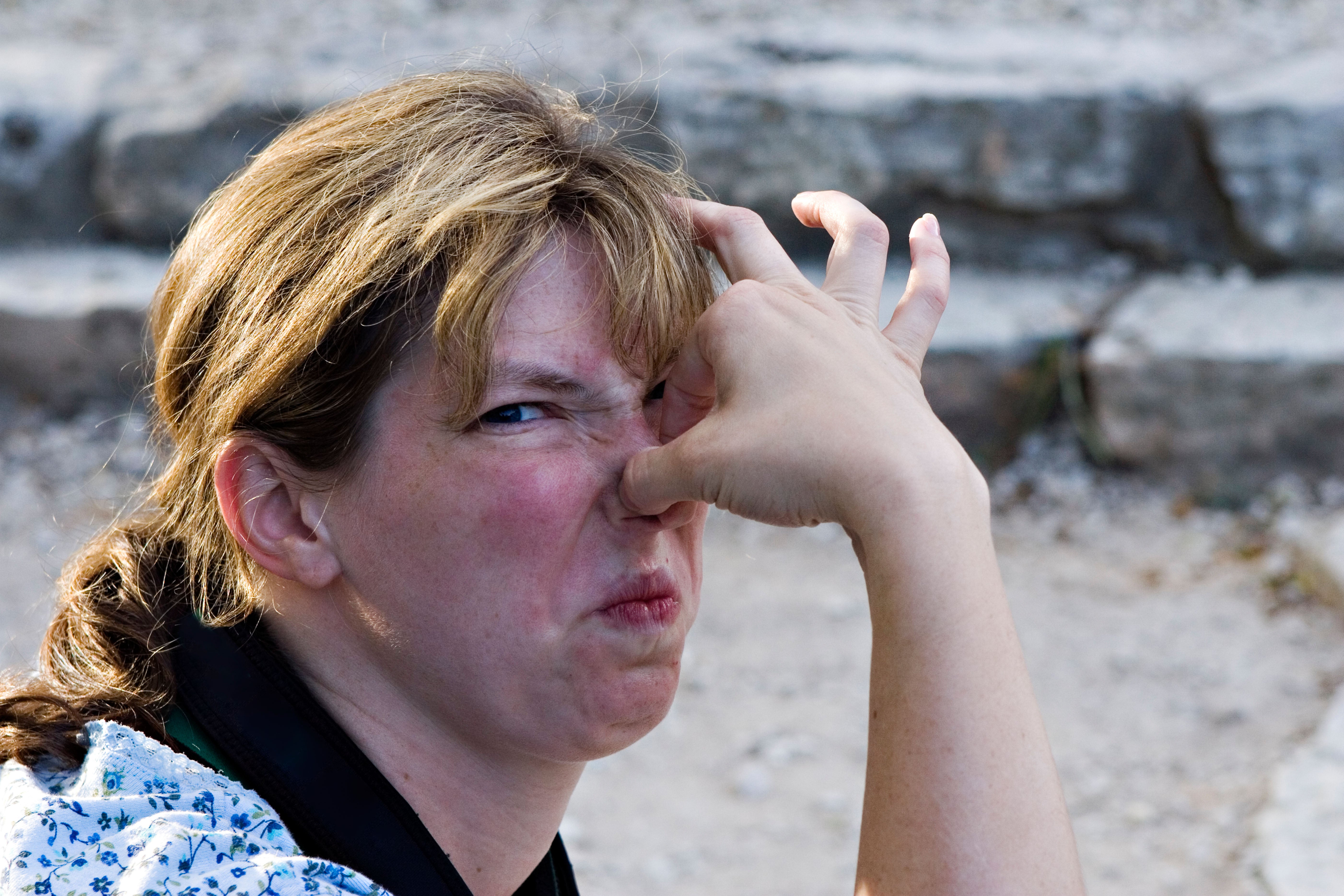Expert advice on how to tell if water is safe for wild swimming
If you are tempted in the hot weather

Your support helps us to tell the story
From reproductive rights to climate change to Big Tech, The Independent is on the ground when the story is developing. Whether it's investigating the financials of Elon Musk's pro-Trump PAC or producing our latest documentary, 'The A Word', which shines a light on the American women fighting for reproductive rights, we know how important it is to parse out the facts from the messaging.
At such a critical moment in US history, we need reporters on the ground. Your donation allows us to keep sending journalists to speak to both sides of the story.
The Independent is trusted by Americans across the entire political spectrum. And unlike many other quality news outlets, we choose not to lock Americans out of our reporting and analysis with paywalls. We believe quality journalism should be available to everyone, paid for by those who can afford it.
Your support makes all the difference.As the weather finally starts to heat up, you might be tempted to cool off in your local river, lake or popular sea swimming spot.
However, the delay of the men’s triathlon at the Paris Olympics due to pollution in the River Seine shows how nature can intervene with these plans.
Wild swimming has lots of health benefits but it also comes with risks, so here are a few extra checks you should consider before taking the plunge.
Brush up on local knowledge
“The best way to find out if the water quality is good enough to swim in is through local knowledge,” says Dominic Johnson, owner of Wild Swimming Tests.

“Some lakes have companies running the open water swimming venue and they will take care of safety,” adds Johnson. “Alternatively, if there are rangers [present] you can ask them.”
In addition, Kate Rew, founder of The Outdoor Swimming Society, recommends keeping an eye out for noticeboards nearby.
“Most beaches (and an increasing number of inland spots) have noticeboards at their entrances warning of local hazards and [also] give guidance. Read them,” advises Rew.
Check Swimfo
The Environment Agency tests water samples from designated bathing sites across England and then uploads the results onto Swimfo.

“Water quality in the UK is determined based on the amount of bacteria present in each bathing area,” explains Dane Westwood, water quality and sewer specialist at RS Bonds. “By using the [Swimfo] resource before visiting coastal or inland waters, you can avoid areas and times when the water quality might be temporarily low.”
Popular wild swimming spots are classified as either excellent, good, sufficient or poor which helps the public make informed decisions about where to swim.
“The Environment Agency collaborates with the Met Office to predict pollution risks, taking into account factors like weather conditions that might temporarily degrade water quality,” adds Westwood. “When forecasts indicate reduced water quality, pollution risk warnings are issued, and advice against swimming is displayed on Swimfo and signs at the beach.”
Look out for algae

If you can see any slimy green algae floating around in the water, don’t jump in.
“Look for things like floating pollutants, blue-green algal blooms on the surface, or an oily sheen on the water,” advises Rew. “If it looks iffy and unappealing, consider going somewhere else or waiting for another day.”
According to the Environment Agency, illnesses including skin rashes, eye irritation, vomiting, diarrhoea, fever and muscle and joint pain have occurred in people who’ve swallowed or swam through algal scum.
“Rising temperatures and rainstorms can create ideal conditions for algae to bloom rapidly,” explains Westwood. “Algae blooms can vary in colour including blue-green, yellow, white, brown, purple and red, and can also be identified by unusual foam or scum on the water’s surface.”
Do a smell test

Be conscious of any bad odours coming from you local lake.
“Harmful algae can create foul odours in the water, similar to rotten eggs, as the plant releases hydrogen sulfide during decomposition,” explains Westwood. “The algae can also create a ‘fishy’ smell as dense algae can deplete oxygen, suffocating aquatic life.
“Swimmers should therefore avoid water if they notice dead fish or animals nearby.”
Be cautious after heavy rain

Get to know the swimming patch and become aware of what industry and agriculture is nearby.
“Rain washes whatever is on the surface of a field, land, roads and driveways off and into the river, or into drains and then the river and then into lakes, and into the sea,” explains Rew. “So after a big downpour this runoff will have carried any pollution (including fertiliser) into the river, and then lakes and the sea.”
Check the water visibility

“Lakes and ponds can have murky water that obscures hazards such as rocks, logs, and uneven surfaces,” warns Westwood. “Additionally, judging distance from the shore can be challenging in open water with poor visibility, and there may be sudden drop-offs beyond the shallow area.”